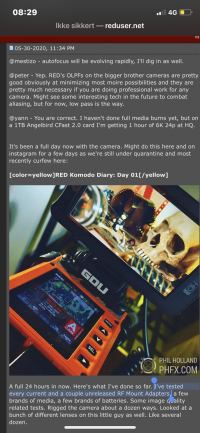Baffled by E: why would any company want to tear apart bodies and lenses for permanent mount conversions?!
Canon already offers tech service to convert both their Cinema EOS cameras and lenses from one mount to another if available. Just a couple that I can think of are the C200 EF to PL conversion (the C200 originally wasn't available in PL and they offer the service), the C300 Mk II has the option of Canon swaping the EF mount for a EF-Cinema mount, which is more secure than the regular EF mount, and their Sumire Prime (which were announced last year) are available from factory only in PL, but you can ask them to convert into EF.
Also, adapters don't really work on high end professional sets. People don't want to take theirs chances, they want their lenses to be secured on the camera body and then rigged with follow focus motors and other accessories without reliability issues. Adapters are a potential problem because you're putting something between the camera body and the lens.
Once I had to rent a C300 Mark II to use with my Zeiss CP2 lenses. They didn`t had any PL mount C300 Mk II, so I've accepted the C300 Mk II with EF mount: huge mistake by me. I've converted the Zeiss CP2 lenses from PL to EF, mounted them on the camera andrigged my Nucleus N. The torque of the focus motors made the lens jitter everytime I had to pull focus.
I'm also going to shout out there first that if they're planning to launch a RF to EF-C adapter, they're probably planning at least a RF cinema/video camera or they're going to support RED's efforts on the Komodo.
Upvote
0


